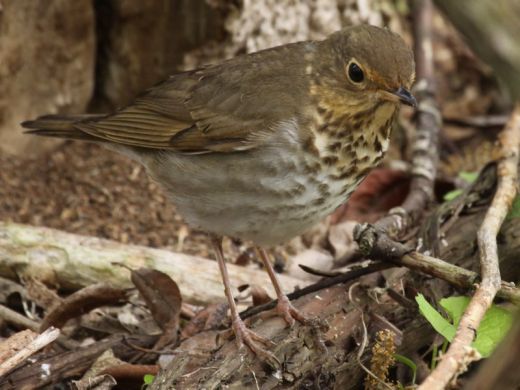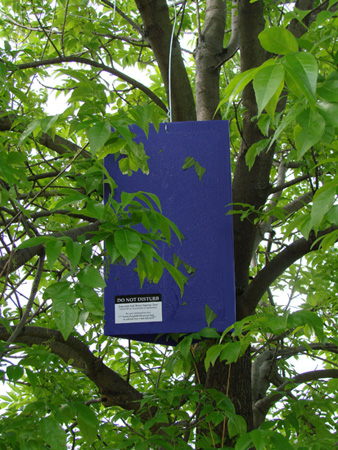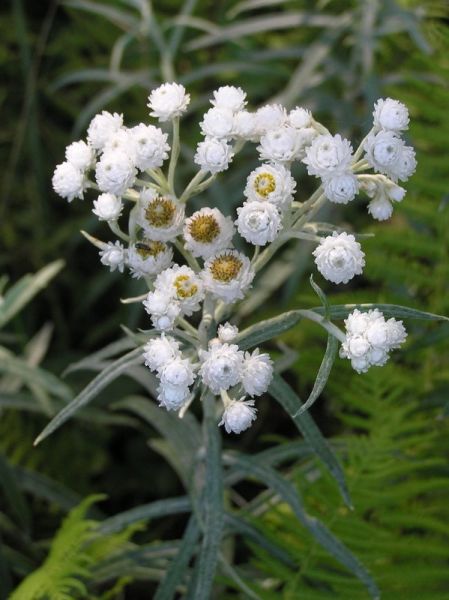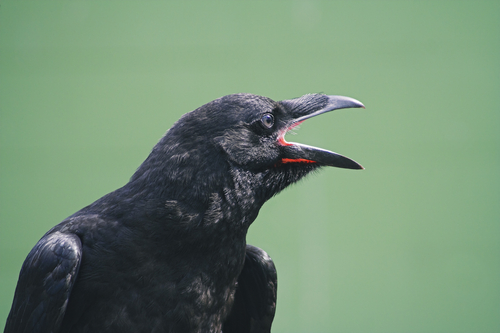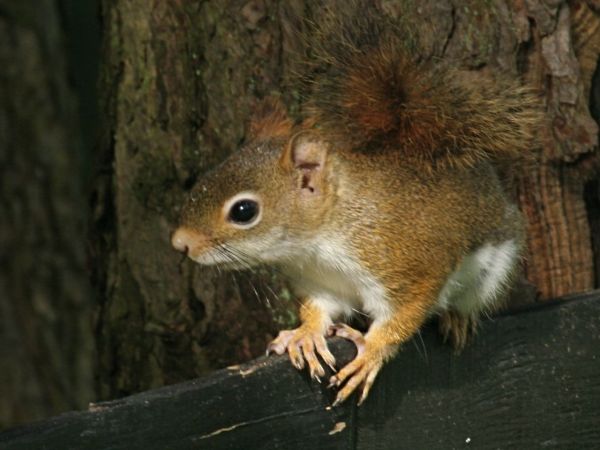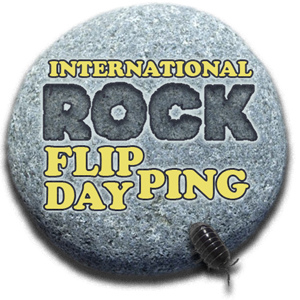 Sorry for the late notice but I just found out that tomorrow is International Rock Flipping Day.
Sorry for the late notice but I just found out that tomorrow is International Rock Flipping Day.
Founded in 2007 by Dave Bonta (from Plummer’s Hollow, Pennsylvania!), this will be the third year for people all over the world to take the time to flip a rock, record what they see and tell this year’s coordinator, Susanna Anderson the Wanderin’ Weeta blogger from British Columbia.
I plan to participate but I can’t decide whether to flip a small rock in my city back yard (boring but quick) or go somewhere far away and turn over a big one (time consuming and potentially exciting). My decision will be influenced by my earlier rock-flipping experience.
Years ago my husband and I took a 6-hour Reptiles and Amphibians class in which we watched a two-hour slideshow presentation, then went on an afternoon field trip. The class was in the city, the field trip was in Elk County – timber rattlesnake country. My husband has never been interested in nature classes but he did want to learn about snakes.
Before we began to flip rocks, Dr. Art Hulse explained it was very important to pull up the rock from its far edge so the rock shields your body from what’s underneath. My husband is very near-sighted (he can’t drive or watch birds) so we were a team. He pulled up the rock, I looked under it.
On our first rock we found a ring-necked snake – harmless, kind of pretty and very stinky. On our second rock we found something that was coiled in a circle and silently shaking its tail. I called out, “It looks like a milk snake.” Dr. Hulse said “Careful! Hold on!” and came running with his snake handling stick. He pinned the snake’s neck and held it up for all of us to see. It was a baby timber rattlesnake, so young its rattler made no noise. Half the class jumped back in fear. The other half peered forward in fascination.
Since that day I have a motto for those who tell me they’re afraid of snakes, “If you don’t want to see snakes, don’t flip over rocks.” I hope this doesn’t eliminate half of my reading audience from tomorrow’s activities.
In any case, tomorrow’s the day. The rules are simple. Susanna describes them here. Go flip a rock and send your findings to wanderinweeta@gmail.com
p.s. Remember! Pull up the far edge of the rock and, please, carefully replace the rock without harming the creatures you found under it.
(International Rock Flipping Day logo via IRFD coordinator Susanna Anderson)
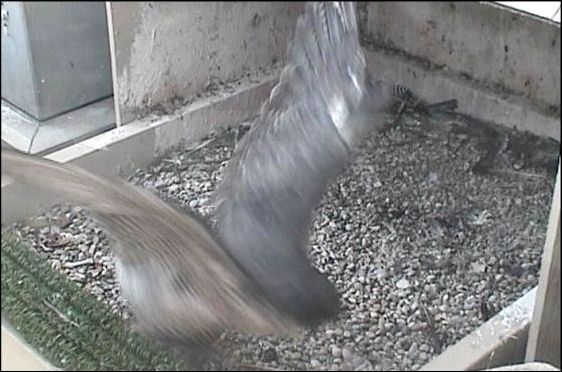
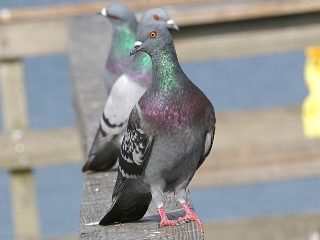 I am happy to report that this bird, the lowly pigeon, is faster than the Internet. Yes, faster than broadband.
I am happy to report that this bird, the lowly pigeon, is faster than the Internet. Yes, faster than broadband. 
